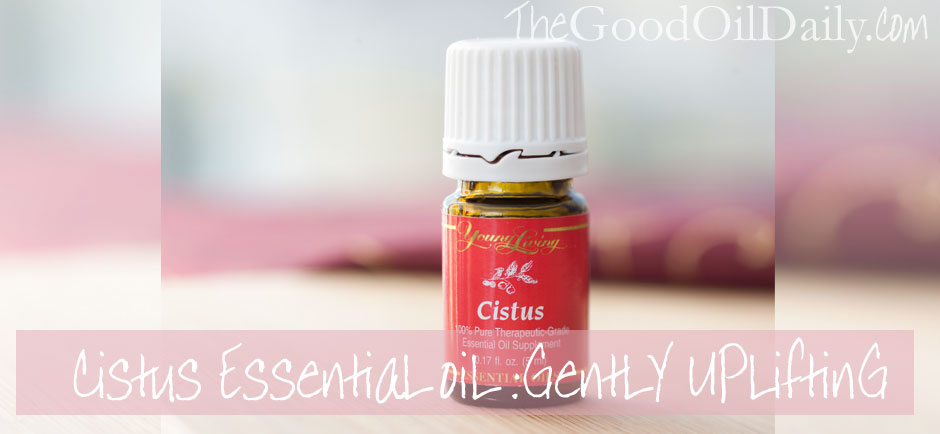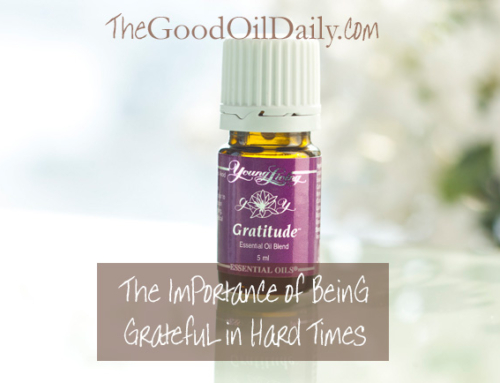Today’s essential oil spotlight shines on gentle and honey-like cistus essential oil. Sounds pretty, doesn’t it.
Where does cistus essential oil come from? If you have a green thumb maybe you already count on cistus shrubs as hardy favourites, especially if you have a Mediterranean garden. There are upwards of 20 species of the genus — and that’s not counting hybrids.
But one in particular has leaves and branches that are steam distilled to create an essential oil. Its name is Cistus ladanifer.
Cistus ladanifer is a hardy and tenacious flowering evergreen shrub that grows to 1-2 metres in both height and width. Its flowers have five white papery petals with a distinctive pinkish spot at each base around its yellow stamens and pistils.
This shrub can withstand extremes of temperature and grows like wildfire throughout mountainous regions in Spain where it’s known as the ‘sticky shrub’. It owes this moniker to the sticky and fragrant oleoresin exuded by its leaves. This balsam is known as labdanum, a popular ingredient in perfumes as a fixative.
Cistus ladanifer is also called ‘rock rose’. The Bible makes reference to ‘rose of Sharon’ and this is believed to be one and the same. A number of essential oils are mentioned – and often – throughout the Bible. If you’d like to find out more about those, the Young Living Twelve Oils of Ancient Scripture Kit is a very lovely way to journey through them.
Cistus essential oil can be inhaled from the bottle, diffused and applied topically.
With its soft sweet fragrance, cistus soothes and uplifts. Try smoothing a drop over your third eye when meditating (don’t let essential oils get in your ‘regular’ eyes!). It’s a beautiful accompaniment. It’s also helpful for opening up the solar plexus chakra and I suspect on any given day, most of us could do with some help with the source of our self-esteem and personal power.
This will also connect you up with The Good Oil Team for our personal support and coaching. We'd love to help you on your journey to vibrant well-being the natural way!
Any questions? Please get in touch via our Contact page.
Monoterpenes are constituents in essential oils that enhance the benefits of other constituents. Cistus is very high in the monoterpene called alpha-pinene (40-60%). While every essential oil contains monoterpenes, some have more than others. So you could try adding a drop of cistus to other oils to further give their effects a boost.
Cistus ladanifer essential oil is beautifully gentle to the skin, so you would rarely need to dilute it. It’s no surprise to find it in Young Living’s KidScents™ Tender Tush, which comes in a small tube and is exquisite for those baby bot bots! And it smells divine, so please don’t reserve it for the nursery. Fall in love with its luscious ingredients including cocoa butter, beeswax, a bunch of lovely skin-nurturing carrier oils PLUS essential oils of blue tansy, cistus, frankincense, lavender, roman chamomile, sandalwood and rosewood. Seriously! Get creative with your thinking and you’ll come up with a number of ways to enjoy it yourself. And it’s a very lovely way to put some cistus in your day.
All Young Living oils are guaranteed pure from seed to seal, unlike so many brands out there in the marketplace. You really do get what you pay for. You can check it out with your own eyes in this short video.
Essential oils are potent, so as always, please follow directions on the bottle and the usual guidelines for safe use of authentic essential oils.
Enjoy the good oil daily.
The information on this site does not constitute advice. Please consult with your health practitioner. When using any of the products mentioned throughout this site, please be sure to read the labels and follow their suggestions for safe use. We make commissions from sales via many of the products we recommend but we only suggest products we genuinely enjoy and want you to benefit from.






